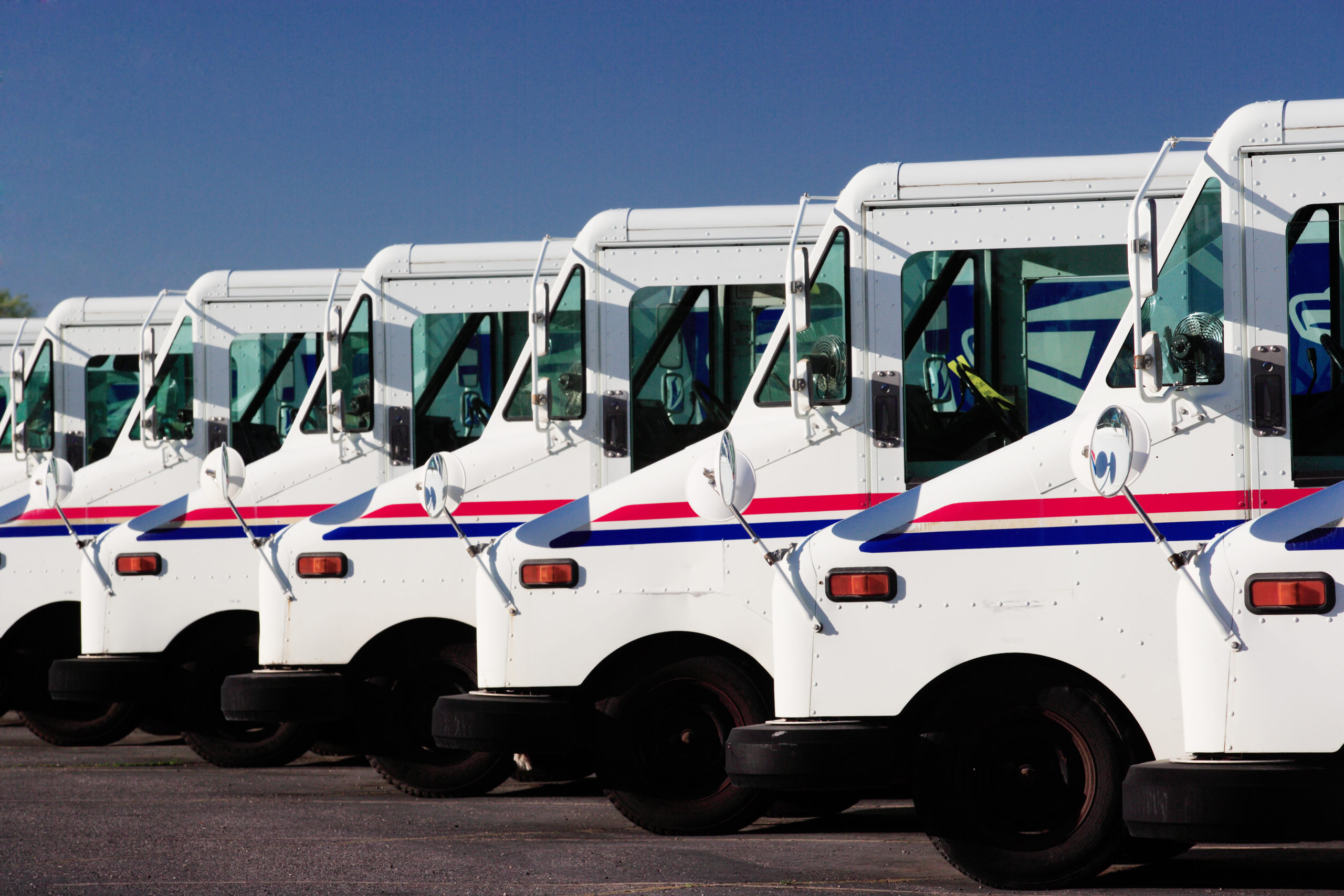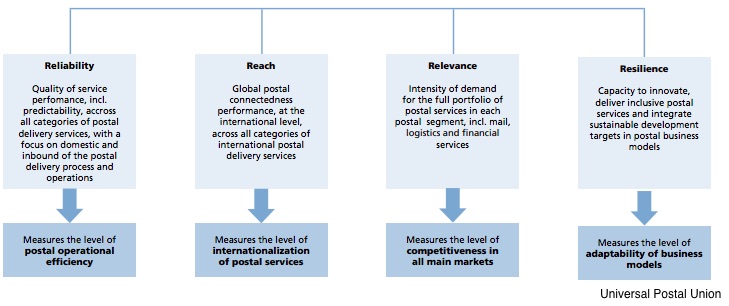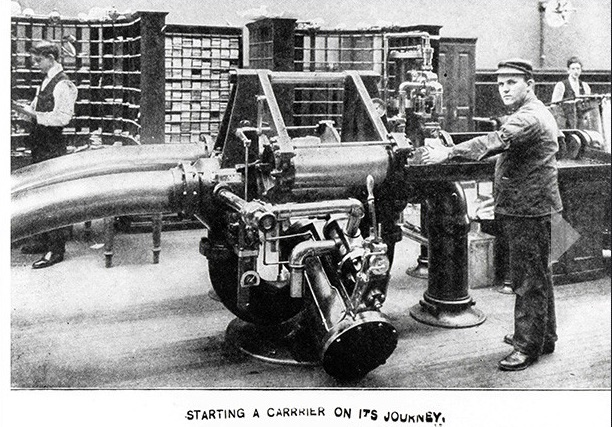Recently. I went to a U.S. Postal Service (USPS) branch to pick up registered mail that I had missed during a home delivery. When it was finally my turn, I asked for the letter. Although I had forgotten the receipt, I assumed that they could use my address, name and identification to locate it. They couldn’t. The only way was to see the number on the receipt.
May I note here that when Amazon adds anything to its inventory, they know precisely where it is.
I should also add that UPS now has a truck tracker and a parcel tracker. Being able to follow their vehicle online saves me considerable hassle and lets UPS have fewer repeated delivery attempts.
You probably know where I am heading. The USPS’s innovation record is woeful.
Evaluating National Postal Services
When you ponder the quality of a national postal service, just think the 4 R’s: reliability. reach, relevance, resilience.
Below, the Universal Postal Union defines the criteria:
Based on the 4R’s, Switzerland is first, France second, and the U.S. is #13:
Why is the USPS #13?
For centuries, the Post Office was known for innovation.
As our first Postmaster, Ben Franklin established our home mail delivery system and cut in half the delivery time between New York and Philadelphia. He just added wagons that traveled at night to the normal daytime routes. Similarly, late 19th century mail delivery was expedited when someone decided to sort the letters on the trains that carried them. And you can only imagine what a difference it made when the mail could travel at 35 mph in the pneumatic tubes that Postmaster John Wanamaker brought to cities that included Philadelphia, New York and Chicago.
This is a pneumatic tube in which mail canisters are launched:
For centuries, on a large and small scale, people were clever.
But now innovation is constrained. You have a Congress that has limited what the USPS is allowed to do on its own and a postal union that wants to preserve jobs. Add to that lagging technology and cascading letter volume and you have a big problem.
Our Bottom Line: Innovation
When we have a massive monopoly that is weighted down by a Congress, isolated from the progress of the private sector, and sapped by diminishing letter volume, we can ask two questions:
- Where are the incentives that encourage innovation?
- How I can get my registered letter without presenting a slip of paper with a number on it?
My sources and more: To see how other countries’ postal services are ranked, look at this UPU document, But if you just read one link, do go to Politico for a detailed summary of the USPS’s auspicious past innovations and their recent precipitous decline.









